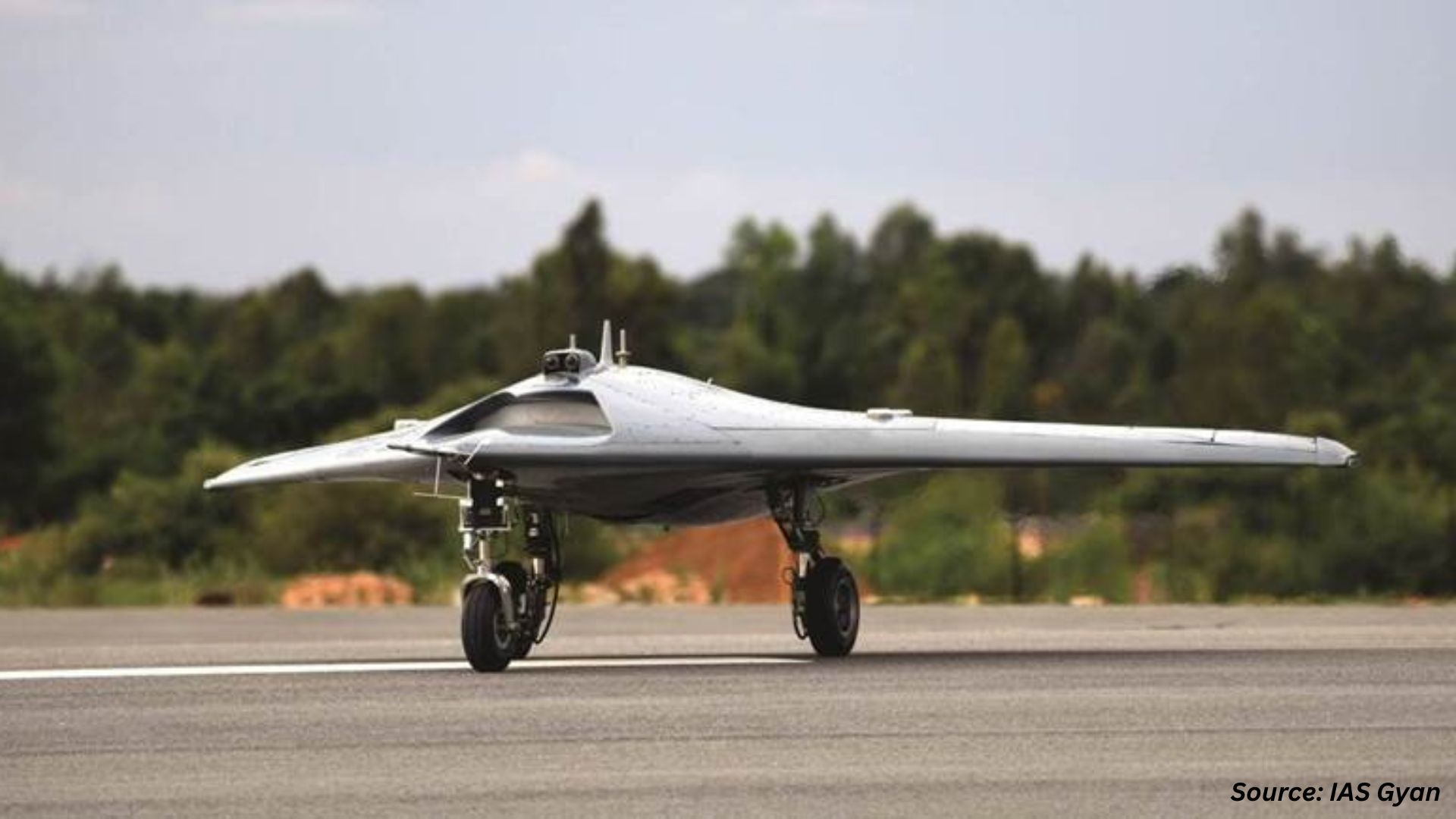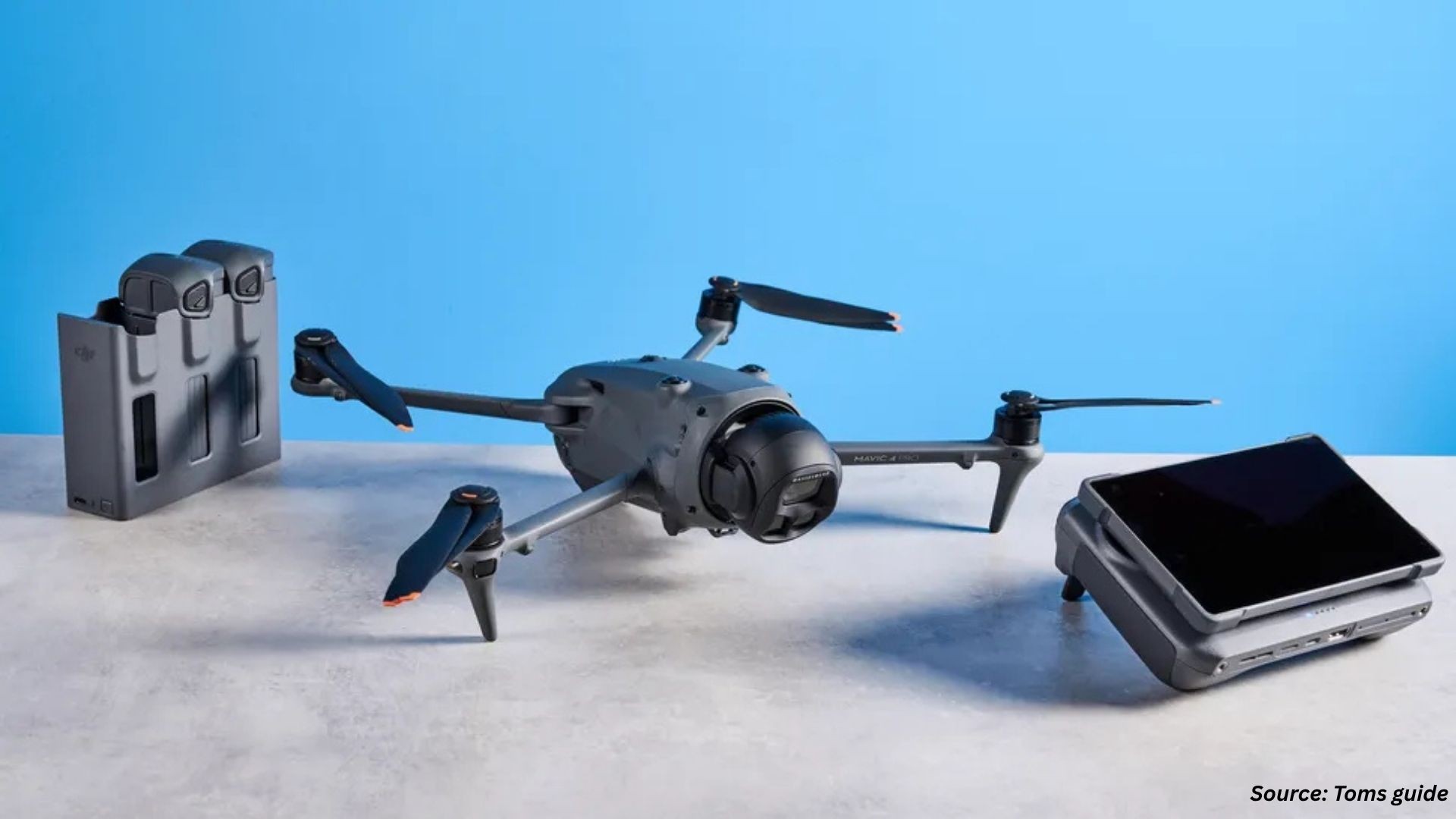
South Korea Unmanned Ground Vehicle Market by Mode of Operation (Teleoperated and Autonomous), by Mode of Locomotion (Tracked, Wheeled, Legged, and Hybrid), by Size (Small, Medium, and Heavy), and by End-User Industry (Military & Defense, Agriculture, Mining, Law Enforcement, and Others) – Opportunity Analysis and Industry Forecast, 2024–2030
Industry: Aerospace & Defense | Publish Date: 21-Aug-2025 | No of Pages: 129 | No. of Tables: 96 | No. of Figures: 61 | Format: PDF | Report Code : AD2588
South Korea Unmanned Ground Vehicle Market Overview:
The South Korea Unmanned Ground Vehicle Market size was valued at USD 35.6 million in 2023, and is predicted to reach USD 80.0 million by 2030, with a CAGR of 11.0% from 2024 to 2030. In terms of volume, the market size was 434 units in 2023, and is projected to reach 1186 units by 2030, with a CAGR of 15.4% from 2024 to 2030.
Unmanned ground vehicles (UGVs) are robotic platforms designed to function autonomously on land without direct human involvement. Available in various sizes, from compact and agile to large and rugged, UGVs are tailored to suit different operational requirements. While some are specialized for tasks such as pipeline inspection or hazardous material handling, others offer flexibility for multiple applications. Equipped with sensors, cameras, and specialized equipment, these vehicles are well-equipped to perform a wide range of tasks. UGVs are employed in inspection, surveillance, mapping, and search and rescue operations. They are deployed in hazardous, repetitive, or contaminated environments, spanning urban, rural, and off-road terrains.
UGVs provide invaluable support in military, search and rescue, agricultural, and transportation sectors. They can operate autonomously, leveraging advanced navigation systems, or they can be remotely controlled by human operators. A significant advantage of UGVs is their capability to navigate and execute tasks in environments considered too dangerous or inaccessible for humans, such as bomb disposal, hazardous material inspection, or search and rescue missions in collapsed structures. Additionally, UGVs excel in tasks that are repetitive or monotonous for humans, including surveillance and patrolling duties. Moreover, they play a crucial role in agriculture and forestry by assisting in tasks such as crop monitoring, mapping, and inspection of irrigation systems.
Expanding Government-Led Robotics Ecosystem Accelerates UGV Innovation
South Korea’s vigorous national push in robotics and AI is a core catalyst accelerating the UGV market’s evolution. Through large-scale initiatives such as the Fourth Intelligent Robot Basic Plan (2024–2028), the government is investing heavily in public–private R&D partnerships focused on autonomous mobility, sensor fusion, and AI-driven decision-making. These policies are designed to strengthen Korea’s domestic capabilities in intelligent unmanned systems. The result is a robust innovation ecosystem where UGVs are becoming more sophisticated, operationally resilient, and application-ready across defense and civilian sectors. Government agencies and national research institutions play a critical role in translating early-stage robotics research into deployable UGV platforms.
Rising Demand for Autonomous Ground Solutions Amid Workforce Shortages and Industrial Automation
South Korea faces mounting demographic pressures, including an aging population and declining labor availability in labor-intensive sectors such as logistics, mining, construction, and agriculture. These challenges are driving urgent demand for intelligent automation, with UGVs emerging as viable solutions to maintain productivity and safety. UGVs capable of operating autonomously in rugged, high-risk, or repetitive environments are being prioritized for adoption in smart industrial ecosystems. Equipped with AI-based navigation and real-time sensing, these platforms are being integrated into unmanned logistics convoys, infrastructure inspection routines, and remote hazardous material handling—addressing workforce shortages while improving operational continuity.
Escalating Costs and Fragmented Standards Undermine UGV Adoption
The South Korea UGV market is grappling with steep upfront costs that hinder broad adoption. Procuring and deploying UGV platforms demands considerable investment in advanced sensors, AI processors, rugged chassis, and secure communications. These expenses are compounded by the need for specialized training, maintenance infrastructure, and system integration—burdens that are particularly heavy on small-to-midsize enterprises and non-defense users. As a result, many potential end-users delay or forego adoption altogether due to uncertain returns on investment.
Moreover, the absence of unified technical and operational standards is a major barrier to market scalability. South Korean UGV systems vary widely in platform types, communication protocols, and payload compatibility, making interoperability challenging. Without common standards—such as plug-and-play control interfaces or shared data frameworks—integrators and users face costly customization and integration hurdles. This fragmentation slows cross-sector deployment and raises total cost of ownership, deterring investment and limiting market growth
Advancement of Swarm-Enabled UGV Systems Unlocks Scalable and Collaborative Mission Capabilities
A key emerging opportunity in South Korea’s UGV market is the advancement of swarm-capable unmanned ground systems. These systems use AI-driven coordination, real-time communication, and decentralized decision-making to enable multiple UGVs to operate collaboratively. Swarm technologies allow UGVs to execute complex missions—such as wide-area surveillance, reconnaissance, or logistics transport—with greater efficiency, adaptability, and minimal human intervention.
In defense, swarm-enabled UGVs enhance situational awareness and tactical coverage, particularly in high-risk or rapidly changing environments. In industrial sectors, they support synchronized automation in tasks like material handling, environmental monitoring, and field operations. As enabling technologies like multi-agent AI, 5G communication, and edge computing continue to mature, swarm UGVs offer a scalable and modular approach to next-generation ground robotics—positioning South Korea as a leader in autonomous system innovation.
Competitive Landscape
Several market players operating in the South Korea unmanned ground vehicle industry include General Dynamics Land Systems, L3Harris Technologies, Inc., Hanwha Aerospace, BAE Systems Inc., Lockheed Martin Corporation, QinetiQ, Teledyne FLIR LLC, Textron Systems, Thales, Oshkosh Defense, LLC, Hyundai Rotem Company, learpath Robotics, Milrem Robotics, Elbit Systems Ltd., Haavelsan Inc. These market players are adopting various strategies to maintain their dominance in the market.
South Korea Unmanned Ground Vehicle Market Key Segments
By Mode of Operation
-
Tethered
-
Teleoperated
-
Autonomous
-
Fully Autonomous
-
Semi Autonomous
-
By Mode of Locomotion
-
Tracked
-
Wheeled
-
Legged
-
Hybrid
By Size
-
Small (10-200 LBS)
-
Medium (200-500 LBS)
-
Large (500-1000 LBS)
-
Very Large (1000-2000 LBS)
-
Extremely Large (>2000 LBS)
By System
-
Payloads
-
Sensors
-
Radars
-
Lasers
-
Cameras
-
Motor Encoders
-
Articulated Arms
-
GPS Antennas
-
Other Payloads
-
-
Controller Systems
-
Navigation Systems
-
Power Systems
-
Solar Rechargeble Battery
-
Electric Non-Solar Rechargeble Battery
-
Lithium-ion Battery
-
Sealed lead acid battery
-
Nickel Cadmium
-
Nickel metal hydride battery
-
-
- Other Systems
By End User Industry
-
Agriculture
-
Mining
-
Law Enforcement
-
Others
KEY PLAYERS
-
General Dynamics Land Systems
-
L3Harris Technologies, Inc.
-
Hanwha Aerospace
-
BAE Systems Inc.
-
Lockheed Martin Corporation
-
QinetiQ
-
Teledyne FLIR LLC
-
Textron Systems
-
Thales
-
Oshkosh Defense, LLC
-
Hyundai Rotem Company
-
Clearpath Robotics
-
Milrem Robotics
-
Elbit Systems Ltd.
-
Haavelsan Inc.
REPORT SCOPE AND SEGMENTATION:
|
Parameters |
Details |
|
Market Size in 2023 |
USD 35.6 Million |
|
Revenue Forecast in 2030 |
USD 80.0 Million |
|
Value Growth Rate |
CAGR of 11.0% from 2024 to 2030 |
|
Market Volume in 2023 |
434 Units |
|
Unit Forecast in 2030 |
1186 Units |
|
Volume Growth Rate |
CAGR of 15.4% from 2024 to 2030 |
|
Analysis Period |
2023–2030 |
|
Base Year Considered |
2023 |
|
Forecast Period |
2024–2030 |
|
Market Size Estimation |
Million (USD) |
|
Growth Factors |
|
|
Companies Profiled |
15 |
|
Market Share |
Available for 10 companies |
|
Customization Scope |
Free customization (equivalent up to 80 working hours of analysts) after purchase. Addition or alteration to country, regional, and segment scope. |
|
Pricing and Purchase Options |
Avail customized purchase options to meet your exact research needs. |

















 Speak to Our Analyst
Speak to Our Analyst
























